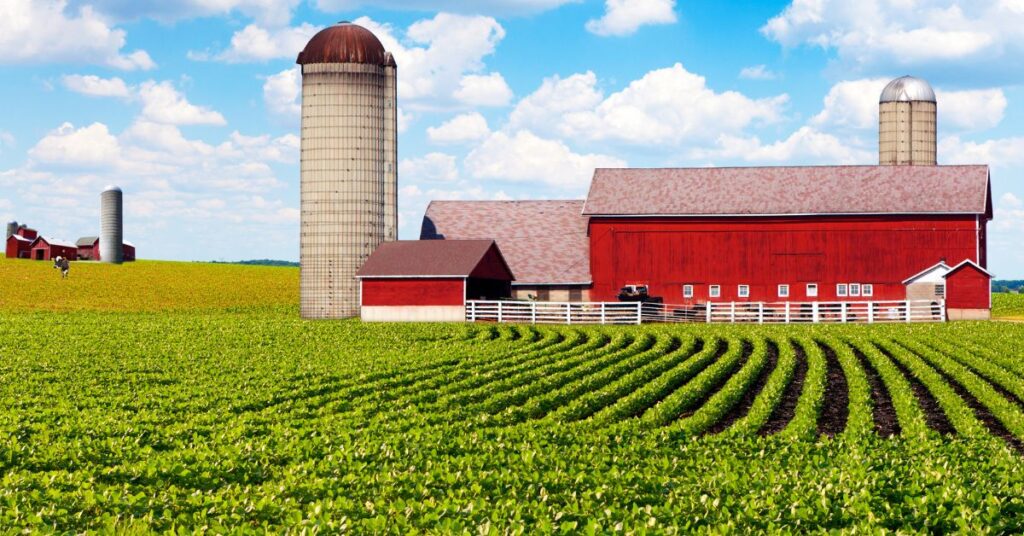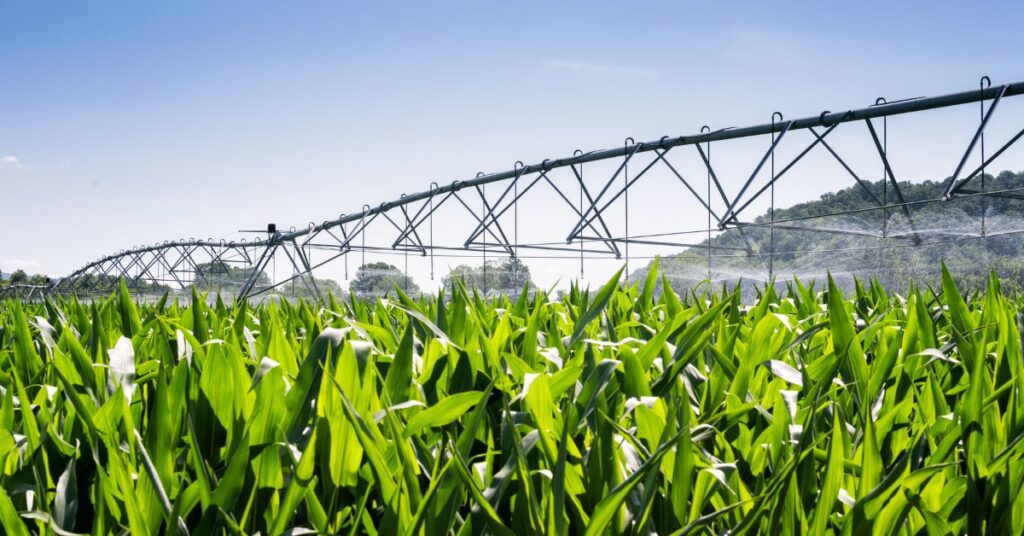When purchasing or selling farmland, easements represent one of the most complex yet critical factors affecting property value. These legal rights can significantly impact how someone uses, develops, and ultimately prices land in the marketplace.
Understanding how to properly value easements in farmland transactions ensures both buyers and sellers make decisions that protect their financial interests.
Easements create a unique challenge in farmland valuation because they establish permanent or long-term rights that affect property use without transferring ownership. Unlike residential properties where easements might involve simple utility access, farmland easements can encompass everything from conservation restrictions to mineral rights, each carrying distinct valuation implications.
Follow the guide below to learn how easements may impact your farmland transactions so you can adjust your expectations accordingly.
Understanding Easements and Their Classifications
Easements represent legally binding agreements that grant specific rights to use another person’s property without transferring ownership. In farmland transactions, these rights can dramatically alter how property functions and generates income, making accurate classification essential for proper valuation.
Affirmative easements grant the holder specific rights to use the property, such as utility companies installing power lines or municipalities accessing water sources. These easements typically involve ongoing use that may interfere with farming operations, requiring careful consideration of lost productivity and operational disruptions when determining their impact on property value.
Negative easements restrict certain activities on the property, with conservation easements serving as the most common example in agricultural settings.
These agreements typically prevent development while preserving the land’s agricultural character, creating a complex valuation scenario where current farming value might remain stable while future development potential becomes severely limited.
Additional Classifications
Easements can also be classified as appurtenant or in gross, depending on whether they benefit adjacent property or specific individuals or organizations.
Appurtenant easements, such as access roads serving neighboring farms, typically transfer with property ownership and create ongoing obligations. Easements in gross, such as utility rights or conservation agreements, benefit specific parties and may or may not transfer to new property owners depending on their terms.
The permanent or temporary nature of easements significantly affects their valuation impact. Temporary easements for construction projects might reduce property value minimally, while permanent conservation easements can create lasting restrictions that fundamentally alter the property’s highest and best use determination.

How Easements Influence Farmland Market Value
Easements create direct and indirect effects on farmland value that extend beyond simple acreage calculations. The most immediate impact often involves reduced usable area, where easements physically occupy land that you cannot farm or develop. However, the broader implications frequently prove more significant than the actual square footage involved.
Agricultural productivity impacts vary considerably depending on easement type and location. Utility easements crossing fields may fragment farming operations, requiring additional equipment positioning and reducing the efficiency of modern farming equipment designed for large, uninterrupted fields.
Conservation easements might preserve current farming practices while eliminating future opportunities to intensify agricultural use or convert to more profitable crops.
Income Generation & Development Potential
When valuing easements in farmland transactions, development potential represents perhaps the most significant factor. Properties near urban areas can carry substantial development premiums that conservation easements can eliminate entirely. This impact requires careful analysis of local zoning, growth patterns, and development trends to quantify accurately.
Some buyers view conservation easements favorably, appreciating the guaranteed agricultural character and potential tax benefits. Others see these restrictions as limitations that reduce flexibility and long-term appreciation potential. Understanding local market attitudes helps predict how easements will affect property marketability and final sale prices.
Income generation from easements can partially or completely offset their negative impacts. Utility easements will typically include financial compensation, while conservation easements provide significant tax credits or deductions.
Key Variables in Easement Valuation Analysis
Location within the property significantly influences the easement’s impact on overall value. Easements affecting prime agricultural soils typically create greater value reduction than those crossing marginal areas. Similarly, easements near property boundaries often cause less operational disruption than those bisecting the most productive portions of farmland.
The size and scope of easement restrictions determine the magnitude of value impact. Narrow utility easements might affect only a few acres directly, while broader conservation easements can restrict activities across entire properties. The percentage of total property affected helps determine whether easements represent minor inconveniences or fundamental changes to property character.
The Long-Term Impact: Duration & Compensation
Duration and terms of easement agreements create varying levels of impact on property value. Permanent easements typically reduce values more significantly than temporary agreements, while easements with compensation provisions may actually enhance property value through guaranteed income streams.
Compensation structures associated with easements range from one-time payments to ongoing annual rents, each requiring different valuation approaches. Lump-sum payments for permanent easements need present value analysis, while recurring payments require evaluation of payment reliability, inflation adjustments, and long-term market conditions.

Professional Appraisal Approaches for Easement Valuation
The before-and-after method represents the most commonly used approach for easement valuation, comparing the property value without the easement to the value with the easement in place. This method requires careful analysis of how easements affect current agricultural use, future development potential, and overall property marketability.
Income capitalization methods prove particularly valuable when easements generate ongoing revenue streams. This approach requires analysis of payment reliability, lease terms, inflation adjustments, and comparison to alternative income sources to determine appropriate capitalization rates for converting income streams into present value estimates.
Market comparison approaches present unique challenges in easement valuation due to the limited availability of truly comparable sales. Each easement contains specific terms and affects properties differently, making direct comparisons difficult. However, careful analysis of similar easement types in comparable agricultural areas can provide valuable valuation guidance.
Expert Resources and Professional Guidance
You can find Midwest farm auctions online that provide access to many properties, and once you find your preferred piece of land, you can evaluate easements and other key factors. Qualified agricultural appraisers possess specialized knowledge essential for accurate easement valuation in farmland transactions.
These professionals understand local agricultural markets, farming operations, and how various easement types affect agricultural productivity and property values. Their expertise proves particularly valuable when multiple easements affect single properties or when easement terms include complex provisions.
Agricultural consultants and farm management professionals offer valuable insights into how easements affect farming operations and productivity. Their practical experience helps quantify operational impacts that might not be apparent to appraisers or attorneys unfamiliar with modern agricultural practices.
Maximizing Value Through Strategic Easement Analysis
Successful farmland transactions require a comprehensive understanding of how easements affect property value and marketability. The complexity of easement valuation demands professional expertise that considers both immediate impacts and long-term implications for agricultural operations and property development potential.
Start working with qualified professionals throughout the easement valuation process to ensure accurate analysis and optimal transaction outcomes. The investment in professional guidance typically proves worthwhile given the substantial financial implications of easement valuations on farmland.